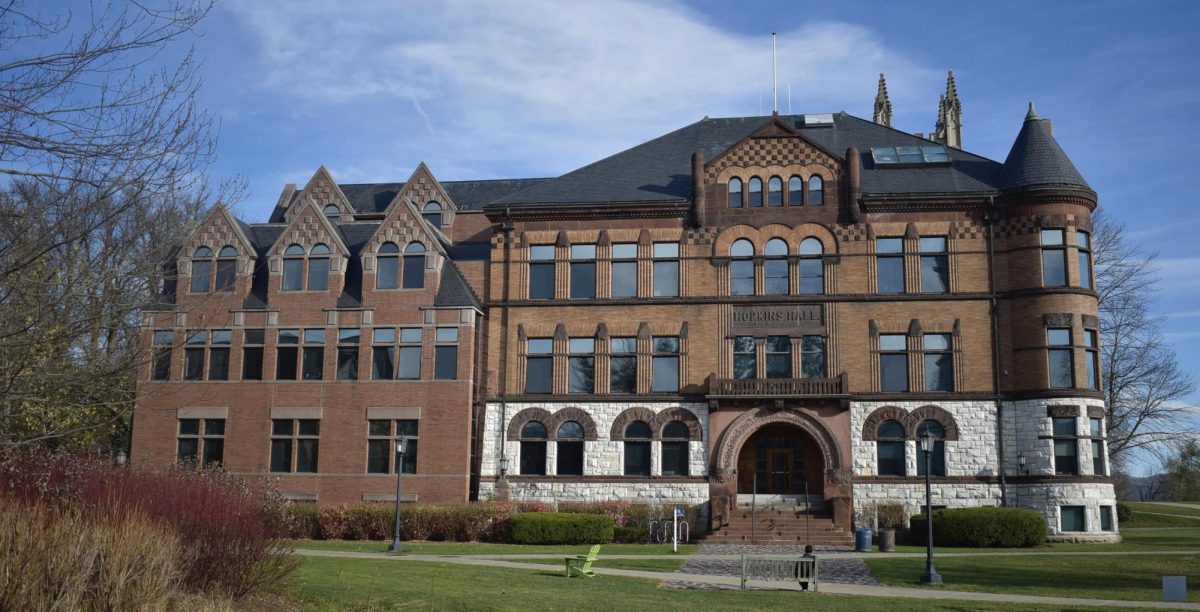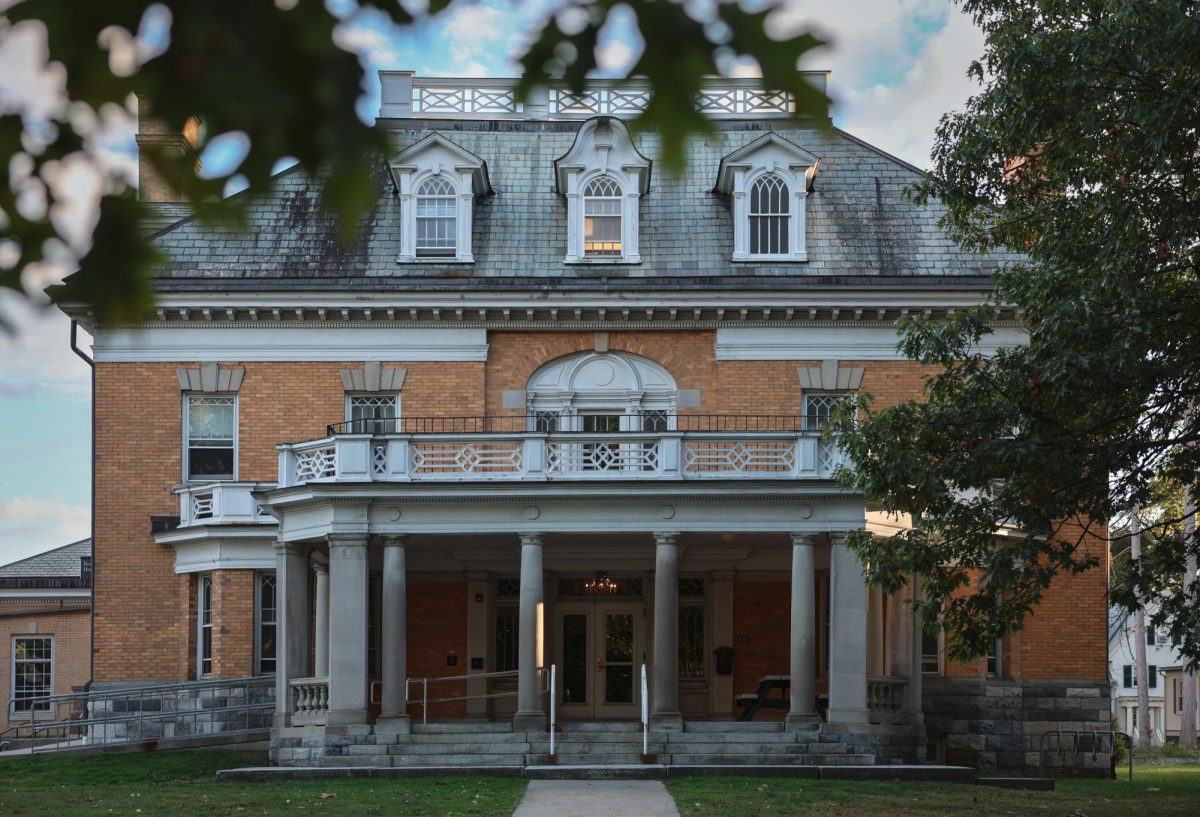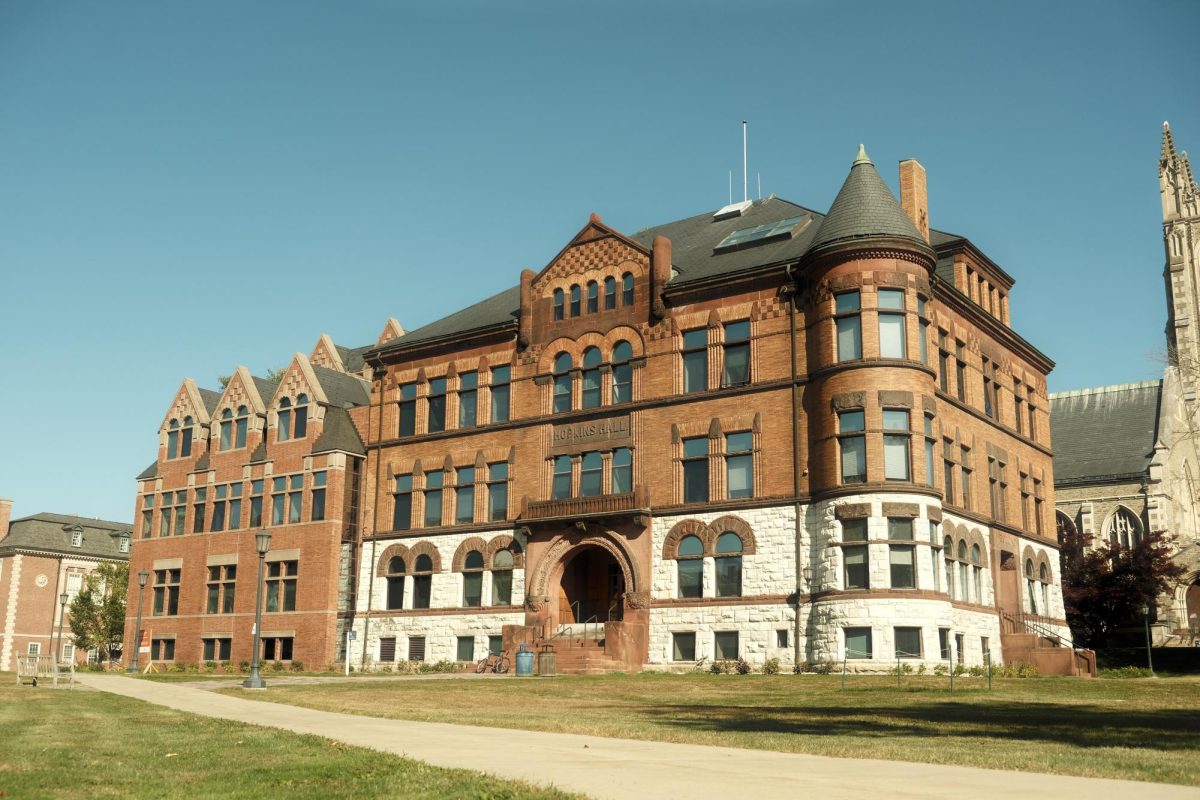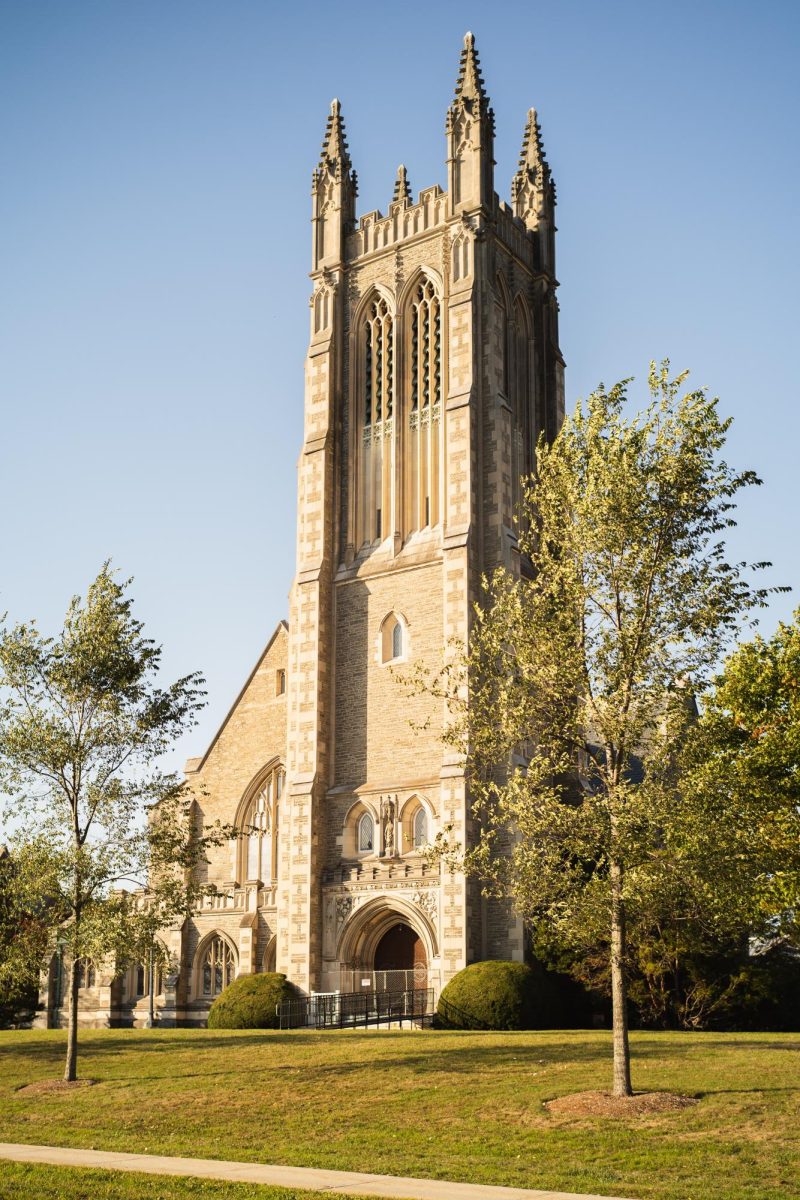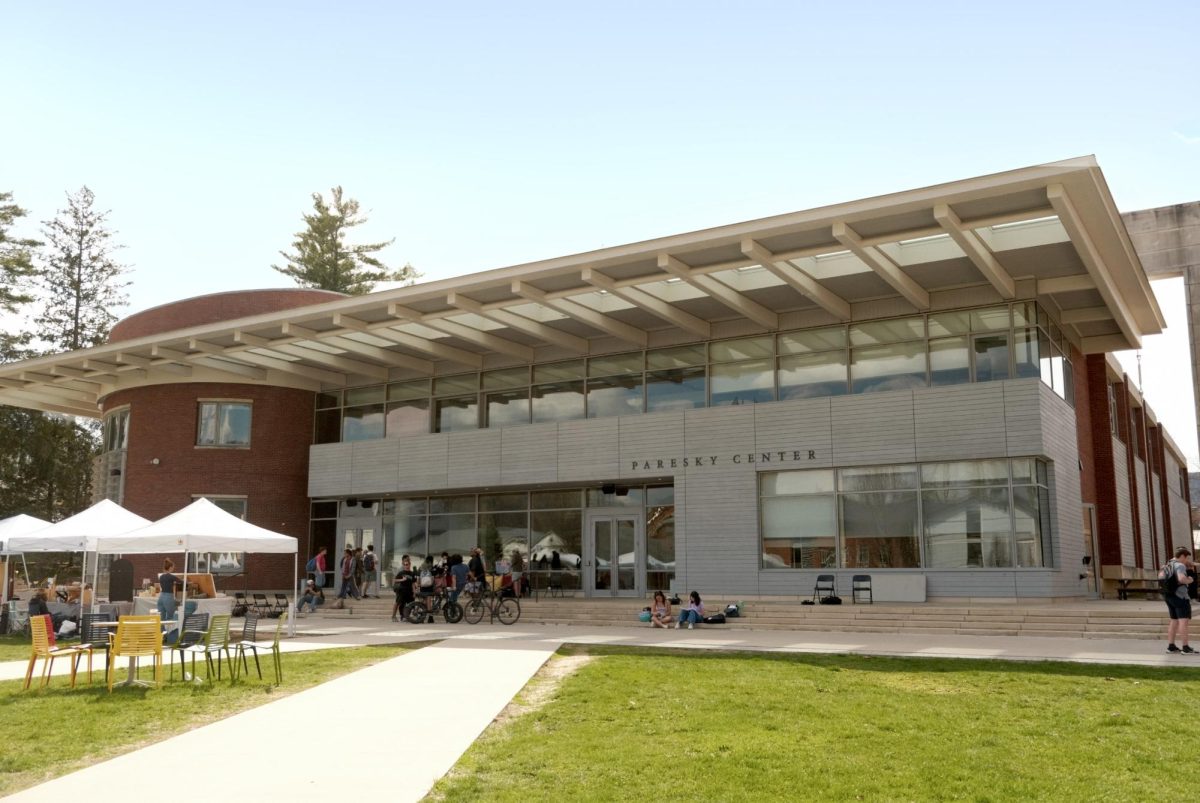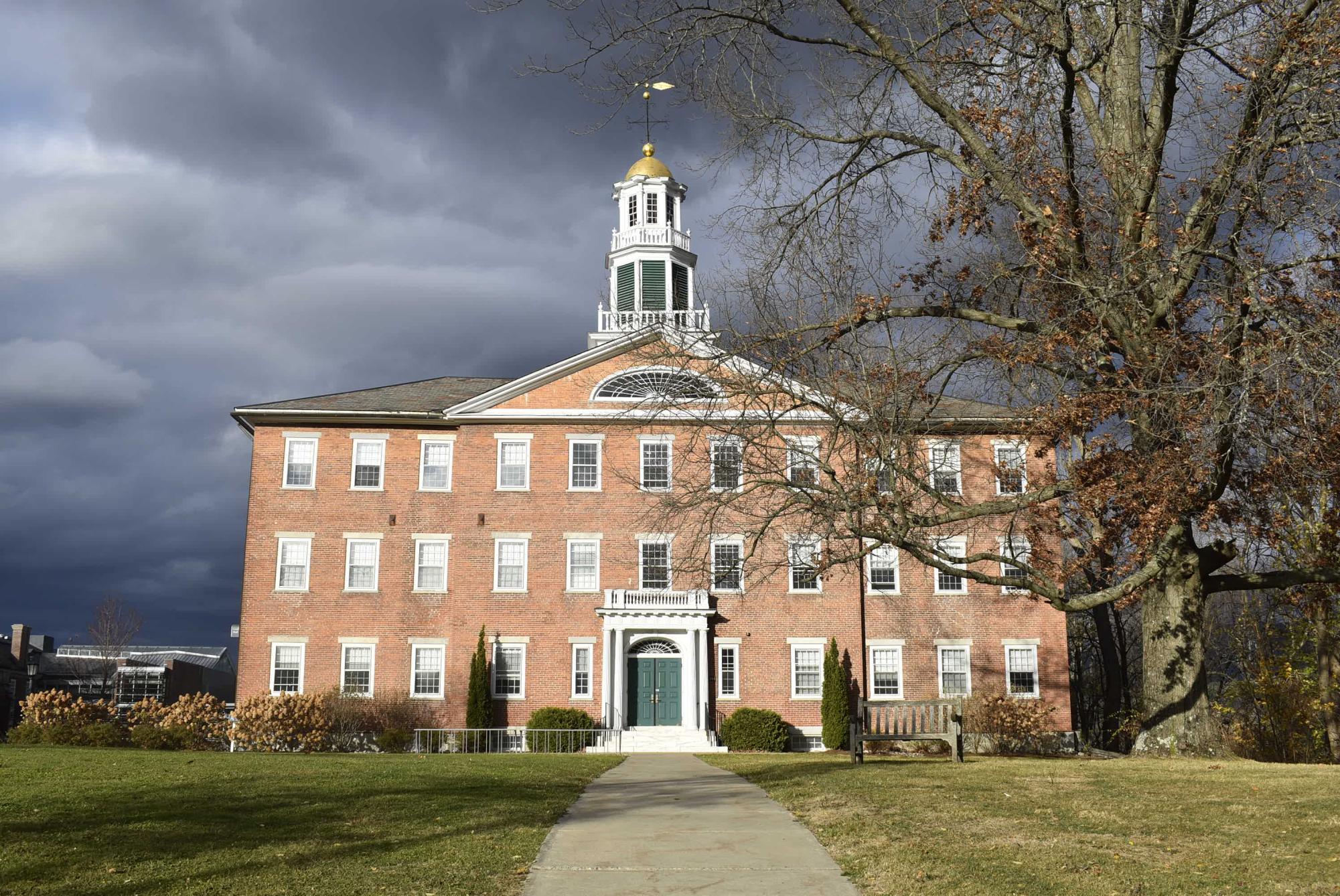
Students will be required to pay tuition to the College for semesters spent studying away beginning in the 2027–28 academic year. Once the new policy is implemented, the College will pay a study away program’s tuition — which is often significantly less than the College’s tuition — and collect the rest as an effort to contend with recent financial pressures, Provost Eiko Siniawer and Vice President for Finance and Operations Mike Wagner said at the Nov. 6 faculty meeting.
Students studying away now pay their program’s tuition as well as an additional $1,500 fee charged by the College. Starting with the Class of 2029, the $1,500 study away fee, currently charged for all programs aside from the Williams-Exeter Programme at Oxford and Williams-Mystic, will be eliminated.
The change will not impact students receiving financial aid, Director of Student Financial Services Ashley Bianchi wrote in an email to the Record. When a student on financial aid studies away, their family is expected to pay the same amount they would if the student was studying on campus, and the College covers the rest of their study away tuition and expenses. This structure will continue under the new policy.
The College began considering the change “in the context of discussions about how to ensure the strength and sustainability of the college’s financial health, and how to improve support services for a range of student experiences abroad,” wrote Bianchi; Siniawer; Senior Associate Dean for Administration, Finance, and Strategy Jeff Malanson; and Director of International Education and Study Away Christina Stoiciu in a joint statement to the Record.
Siniawer and Wagner announced the change at the faculty meeting during a presentation on the College’s finances, which listed several other “strategies for ensuring the college’s long-term financial health,” including further increases to the comprehensive fee, changes to the employee medical plan, and a potential cap on the dependent tuition benefit for future employees.
The College has recently faced financial pressures because of nationally high inflation, inconsistent endowment returns over the past few years, the launch of the all-grant financial aid program, and a slate of major building projects — including a new Williams College Museum of Art building and the Multipurpose Recreational Center — planned for the next ten years. The College estimates that it will take on $340 million in debt in the next ten years.
In their statement, Siniawer, Malanson, Stoiciu, and Bianchi explained that the new policy will offer the College more funds to support students who are studying away.
“Adopting a home school tuition model will ensure that we have the resources necessary to vet existing programs, investigate new programs, and provide training and resources to students studying abroad,” Malanson added in an email to the Record. “We are also committed to enhancing support services for global experiences more generally, such as by investing in additional resources and training for faculty and staff that lead students in international travel experiences, or for students pursuing independent Winter Study travel abroad.”
The policy is similar to those at peer institutions including Amherst, Pomona, Grinnell, Swarthmore, and Wellesley. “We don’t anticipate students experiencing significant changes with this policy,” Siniawer, Malanson, Stoiciu, and Bianchi wrote.





